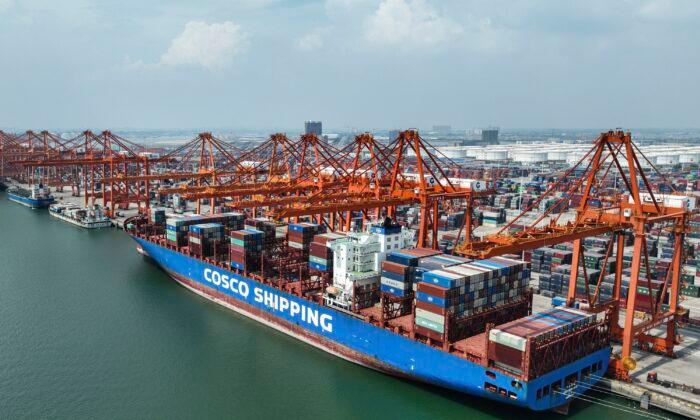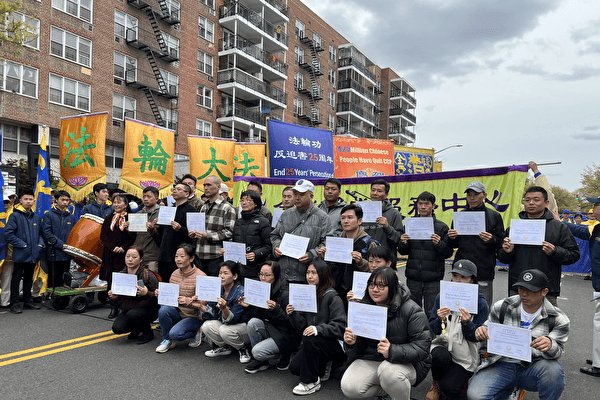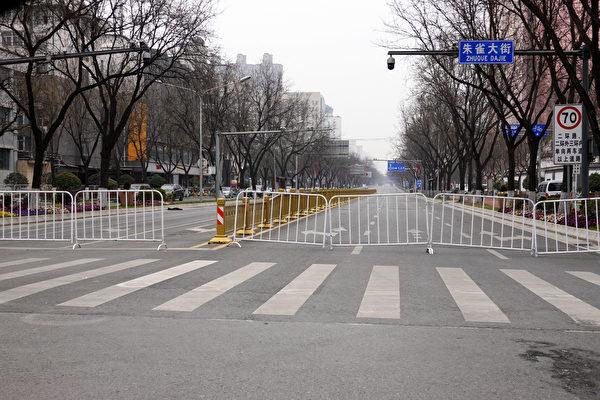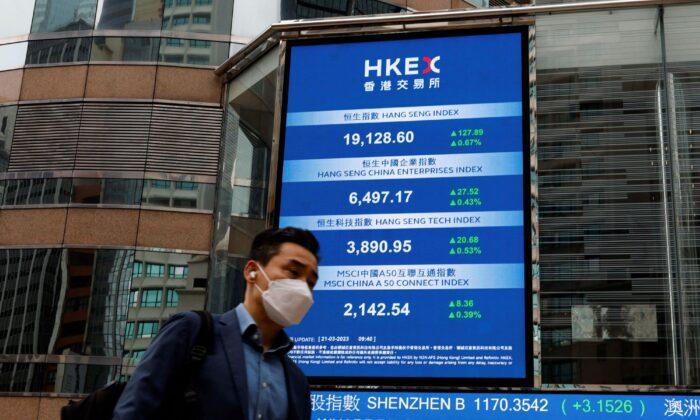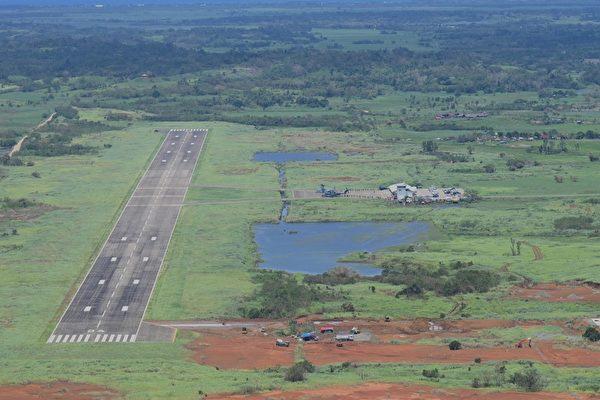Pinglu Canal, the first canal built by the Chinese regime, is a 72.7 billion yuan ($10.18 billion) hydro project approved last August. China said it is the shortest, most economical, and most convenient land-sea passage for economic trade between Southwest China and members of the Association of Southeast Asian Nations (ASEAN).
Chinese Officials said the canal—linking the Xijiang River with ports in the Beibu Gulf—can improve the navigation conditions of the Xijiang River and greatly enhance the transport capacity for west China.
However, experts criticized the project as more of a political concern than a true economic benefit.
A Redundant Project
This land-sea passage is about 135 kilometers long, and will cut the voyage of ships in the middle and upper reaches of the Xijiang River Basin in Guangxi Province, southwest China, to sea by more than 560 kilometers compared to going to the sea via Guangzhou in the east, Chinese state media reported.In the West, the Panama Canal and the Suez Canal harbor huge economic benefits, but Guangxi is less developed economically, He said, adding, so the economic benefit that Pinglu Canal would bring to China is highly questionable.
He further argued that among the many forms of transportation in modern times, the waterway isn’t always the efficient and economical choice. “Especially the huge investment of Pinglu Canal is not worth it,” he said, if it’s completely government-funded, the taxpayers will pay the bill; if it is via private investment, the investor is not likely to recover the cost.
Davy Jun Huang, an American-based economist, said China has relied on infrastructure construction to maintain its GDP growth. After the construction of a network of highways, high-speed rails, and airports throughout China, now it’s hoped the waterway construction would help to recover the economy that has been “devastated by the pandemic, and shadowed by the trade tension in the international community,” he said.
Last year, China invested over one trillion yuan in hydro projects for the first time in the regime’s history. It claimed that every 100 billion yuan invested in hydro projects will drive GDP growth by 0.15 percent, according to the Chinese state media report.
Huang agreed that the Pinglu Canal could have an immediate economic effect in the short term, but it won’t last long.
“One more port will allow the transportation to go smoothly, but only to some extent,” he said. “It’s hoped to redistribute some of the import and export businesses to the ports of Beibu Gulf, but the overall volume in the region is the key.”
Originally, containers from western China would go through ports in Zhuhai, Shenzhen, Guangzhou, and Fujian in southeastern China. But, three railway lines already exist in the western regions that conveniently connect to the ports in Beibu Gulf. There is also the Yangtze River estuary and the Pearl River estuary available for shipment.
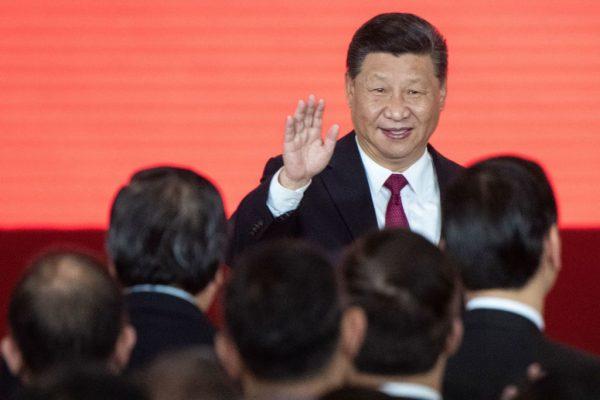
‘Betting on ASEAN Is Wishful Thinking’
According to the CCP’s 2019 strategic plan to build a new western land-sea corridor, the Pinglu Canal carried the mission to strengthen economic and trade ties with ASEAN.The trade tension with the Western countries was believed to have caused China to shift its foreign trade focus to ASEAN.
Nanning, the capital of Guangxi Province, is the permanent venue for the China-ASEAN Expo, the window of China’s opening up and cooperation with ASEAN, as the state media claimed.
According to the Chinese strategic plan, China’s trade and investment ties with ASEAN have been growing. In the first eight months of 2022, “China-ASEAN trade reached 4.09 trillion yuan ($590 billion), up 14 percent year-on-year and outstripping a 10.1 percent overall trade growth. It accounted for 15 percent of China’s total foreign trade, customs data showed.”
Huang was not so optimistic, and he argued that the anticipation of a benefit from the high-cost canal could be far from reality.
“Guangxi is not an export hub,” Huang said, rather it carries many products that are already produced in Southeast Asian countries.
He indicated the fact that ASEAN’s demand is mainly for small household appliances and industrial products from China, and China needs their agricultural products, industrial raw materials, mines, etc. Ports in Shenzhen and Guangzhou have basically well covered the volume, Huang said.
“Overall speaking, it’s quite difficult to change the economic structure of the entire southwest region. The wish is good but at the high cost of debts,” he said.
He said the shortened voyage would not necessarily bring in a large trading volume.
Heng He pointed out that the major issue of improving the trade relationship with ASEAN through the Pinglu Canal, as part of China’s Belt and Road Initiative, is that it won’t help compensate for the loss from the trade tension with the Western world.
“China’s economic reform gained great benefit for the regime because it was opening up to the Western community, especially the United States,” He said.
The relation with ASEAN was competitive rather than complementary in the low-end consumer goods in the markets of Europe and the United States.
So, why does China engage in the construction of the Pinglu Canal now?
He said China’s economic troika, the investment, consumption, and exports, is no longer functioning. It needs new growth points, but the image concerns the regime more than anything else.
Pinglu Canal functions as an image project, He explained, just like the Hong Kong-Zhuhai-Macao Bridge, which was touted as the world’s first in many aspects, and providing great convenience.
“But no one cares if there are cars present on the bridge,” he said.
It’s still a planned economy, “for the purpose of politics,” he stated.
